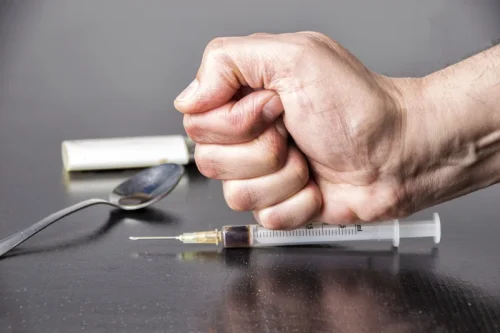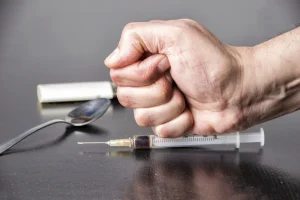Sober Living vs Halfway House: What’s the Difference?

Some facilities require a minimum number of days of sobriety from substance abuse, but many will work with you to determine if you’re a good fit. Although halfway houses share a lot in common with sober-living homes, there are a few key differences that set them apart. Additionally, you should get to know the people you’ll be living with.

Sober Living Programs for After Drug & Alcohol Rehab

While you may want to live on your own right away, you might not be ready to manage total freedom at first. Sober living offers a balance between living in the real world and receiving some structure and monitoring. Due to how interchangeably these terms are used, it is important to ask questions about expectations and structure to determine which home is the right fit for you.
- For more detailed information on house mentorship in recovery homes, read our article on House Mentorship in VSL Sober Living.
- Sober living homes are maintained through fees, and residents can usually stay as long as they want.
- Let’s look for people who are unscrupulous and are willing to take advantage of those people who are just ravaged by addiction,” he said.
- Thus, individuals who relapse are usually removed from the sober living home as soon as possible.
- The staff doesn’t provide any clinical or medical services, but many residents attend outpatient treatment or participate in recovery-based groups while they live there.
Addiction Treatment Programs

The opinions expressed are the author’s alone and have not been provided, approved or otherwise endorsed by our advertisers. Sunnyside uses a psychology-based approach to help you drink more mindfully, no matter what your goal is. You’ll get a 100% custom plan, then use daily texts to track your progress and help you stay on target. You’ll get a 100% custom plan, then daily texts to track your progress and help you stay on target.
I’m In Recovery

Residents in sober-living homes commit to abstaining from substance use while participating in outpatient programming or after completing inpatient drug rehab. Sober living homes are maintained through fees, and residents can usually stay as long as they want. Unlike many halfway houses, sober homes are not monitored by state agencies. Oxford House facilities are the best examples of Level I sober living homes. They’re the most common type of sober https://ecosoberhouse.com/ living home in the United States.
- Many people develop meaningful and fulfilling relationships with their roommates.
- Additionally, residents must agree to a number of rules when they move in.
- In other homes, counselors or case managers visit on a regular basis to provide in-home services.
- You can also look into Oxford Houses, which provide all recovering users the opportunity to develop comfortable sobriety without relapse.
- Individuals in recovery should feel like they are easing back into everyday life and can start returning to their daily tasks and responsibilities.
People can experience specific challenges in recovery depending on their gender. By providing separate homes, facilitators can provide gender-specific care to improve the chances of success. The Substance Abuse and Mental Health Services Administration (SAMSHA) fully endorses level three sober homes. Finally, a transitional housing center with a sobriety requirement could be of great help if you’re struggling with housing insecurity, mainly due to addiction struggles. “When I talk about our relatives and loved ones, I’m not just talking about Dine people. I’m talking about any native relative we might have down there in that area.
Halfway House Rules
Residents may choose to engage in community support groups, counseling, and anything else to help them stay sober. First, if you’re recently leaving a rehab stay or have just wrapped up an outpatient program, a sober living facility may sober house provide you with the structure you need. Sober living is just like it sounds, a place to stay where you’ll have a supportive community and can start your new life free from alcohol or other drugs.

![Daniël Klijn [LittleDean]](http://www.littledean.nl/wp-content/uploads/2018/10/cropped-Littledean-LONG-wit-1-1-1.png)